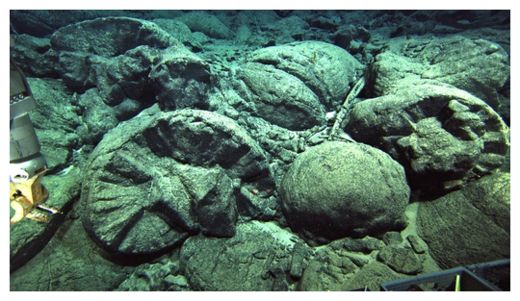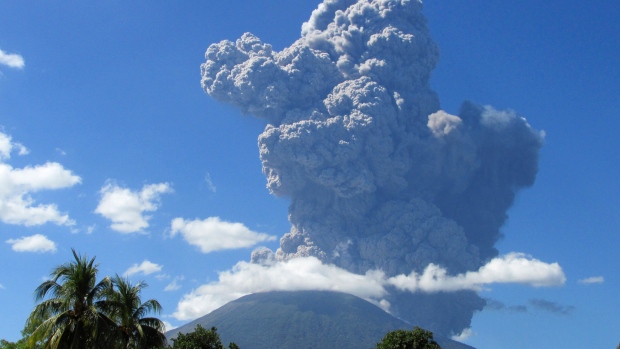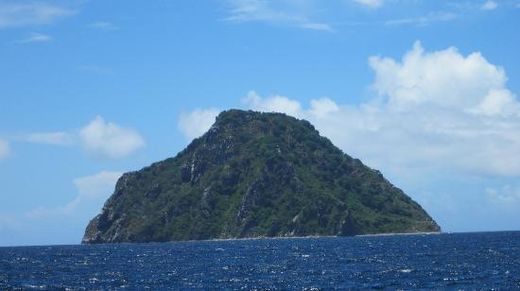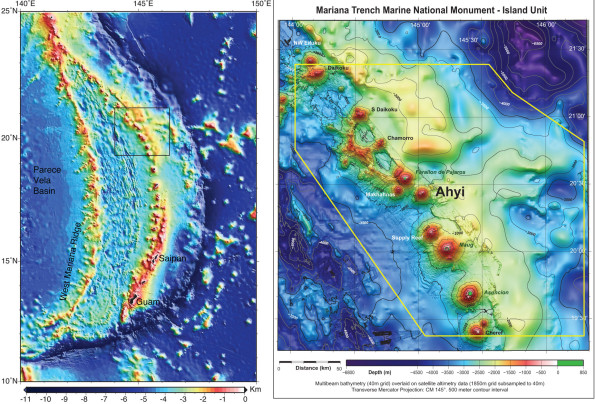
© University of Hawaii at ManoaPillow lavas at Ka'ena volcano, a type of lava that only forms underwater.
The sprawling chain of Hawaiian volcanoes just added another underwater branch.
The discovery means Oahu once towered above the ocean with three volcanic peaks, the researchers said. Until now, scientists thought Oahu was built by two volcanoes - Wai'anae on the west and Ko'olau on the east.
"I think we may very well have had three active
volcanoes in the Oahu region," said lead study author John Sinton, a geologist at the University of Hawaii at Manoa.
The new volcano, named Ka'ena, was born in the deep underwater channel south of Kauai about 5 million years ago, according to the study, published May 2 in the
Geological Society of America Bulletin. Sometime later, Wai'anae rose on Ka'ena's flanks and therefore breached the sea first, breaking through the waves 3.9 million years ago. The researchers think Ko'olau surfaced after that, about 3 million years ago.
Ka'ena volcano is about 2.5 miles (4 kilometers) high, but only reached about 3,000 feet above sea level, Sinton said. As Oahu's first-born, Ka'ena is the shortest of the three volcanoes because it had to grow farthest from the seafloor to the ocean surface. But the researchers know Ka'ena was once an island peak, because the
underwater mountain is capped by lavas with textures that only form in air. With a remotely operated vehicle, the researchers also spied a sandy beach strewn with shark teeth.
Oahu's volcanoes died out about 2 million years ago, and like all of Hawaii's islands, their massive bulk is slowly sinking, hiding Ka'ena beneath the sea.




Comment: The planet certainly is rocking and reeling at the moment and as can be seen from the chart below, volcanic activity reported from 2009 to the present shows a notable and worrying increase.